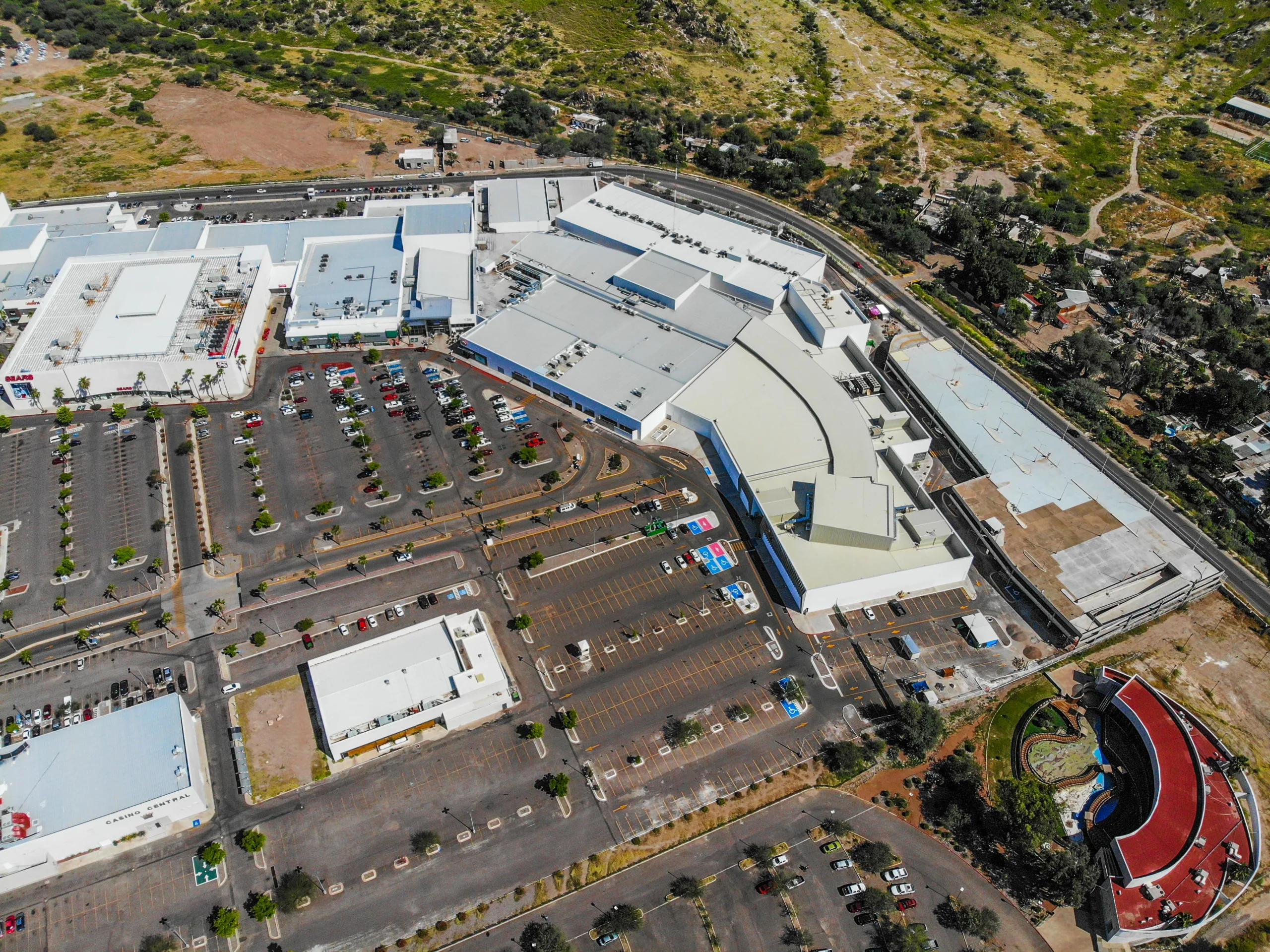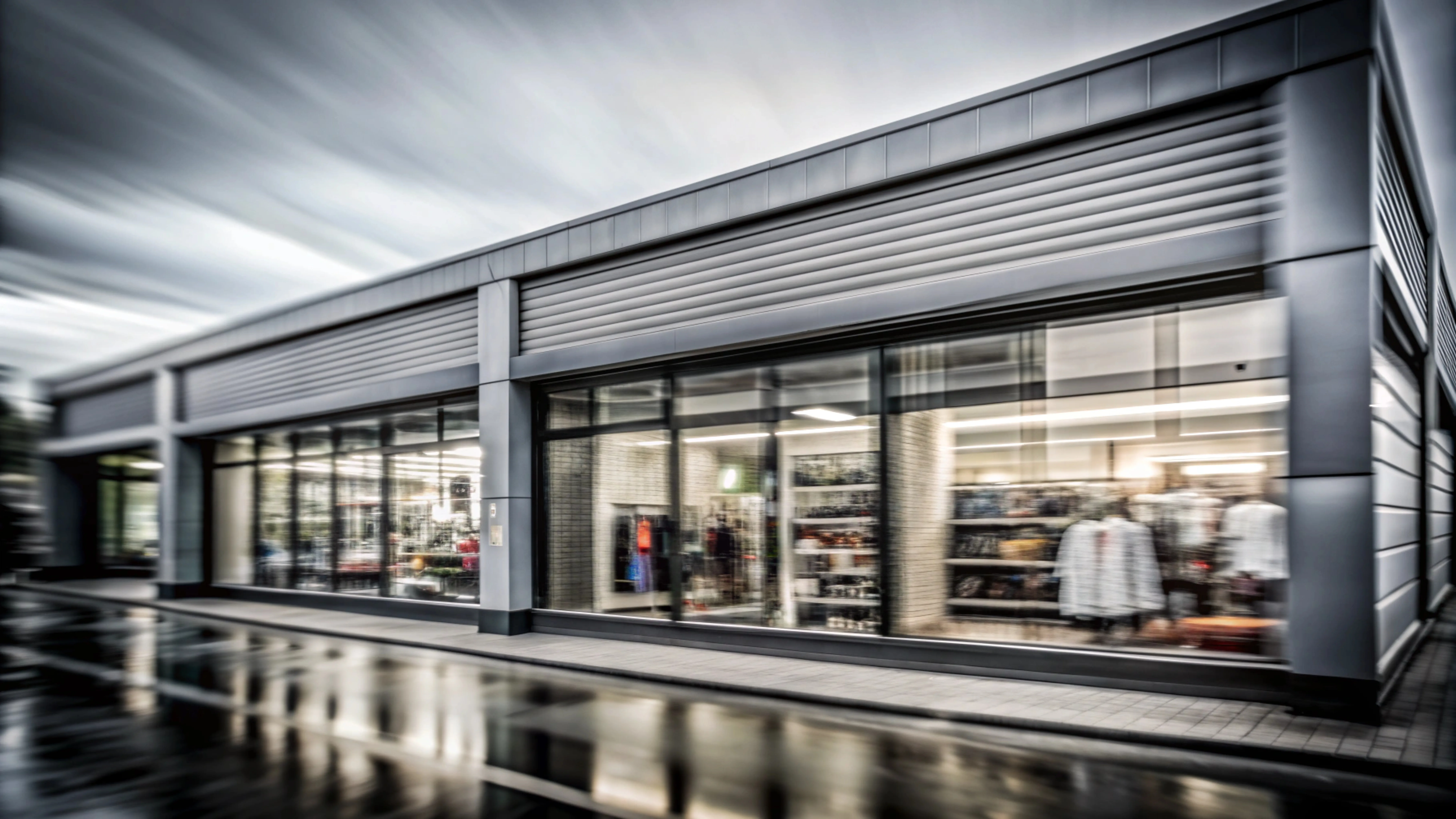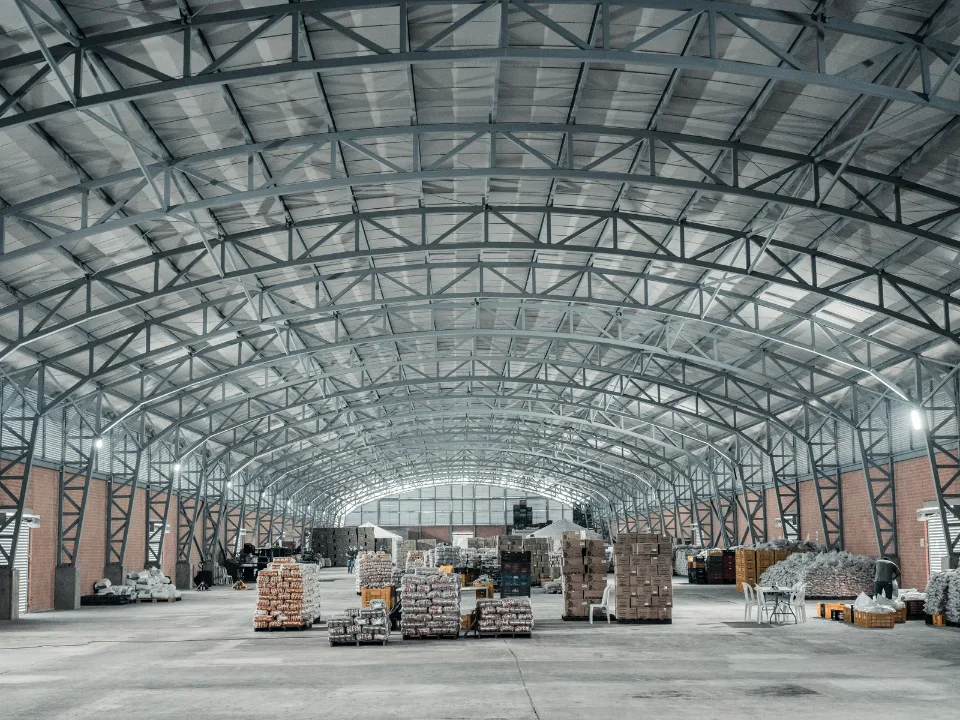- Companies are accelerating efforts to convert standard warehouse space into bonded warehouses to avoid immediate duties on imported goods amid shifting tariff landscapes.
- Bonded storage demand has spiked as importers race to navigate customs processes and secure space for a wide range of goods — from auto parts to apparel.
- The cost of bonded storage has soared, now quadrupling that of traditional warehousing, highlighting the premium importers are willing to pay for financial and operational flexibility.
Strategic Delay
To hedge against unpredictable tariff swings, importers are increasingly relying on bonded warehouses — facilities that allow goods to be stored duty-free for up to five years, reports GlobeSt. Duties are only due upon the removal of goods from the warehouse, offering companies a vital tool to manage both cash flow and market timing.
Navigating The Red Tape
As space tightens, more companies are applying to US Customs and Border Protection (CBP) to convert existing warehouse space into bonded facilities — a process that can be time-consuming and costly. According to Reuters, these conversions are growing in popularity despite requiring extensive paperwork, security upgrades, and financial commitment.
Get Smarter about what matters in CRE
Stay ahead of trends in commercial real estate with CRE Daily – the free newsletter delivering everything you need to start your day in just 5-minutes
A Costly Hedge
Bonded warehouse rates jumped from twice the cost of standard storage in 2024 to four times higher by mid-2025. Yet, importers remain undeterred. “This rush to bonded warehouses to ease cash flow is unprecedented,” said Cindy Allen, a consultant at Trade Force Multiplier.
Trade Tensions Drive Demand
Persistent uncertainty surrounding US tariffs — particularly on Chinese imports — continues to drive this trend. While some firms aim to capitalize on future tariff relief, others are using bonded storage to release inventory slowly, easing the impact of high duties on consumer pricing.
Why It Matters
Bonded warehouses offer a strategic advantage in a volatile global trade environment. As tariffs remain fluid, these facilities provide companies with a valuable buffer — even if the upfront costs are steep.
What’s Next
The rise in bonded warehouse conversions indicates companies are bracing for extended trade uncertainty and long-term exposure to elevated tariffs. For now, the trend underscores the critical role of warehousing strategy in navigating global supply chain disruptions.


















